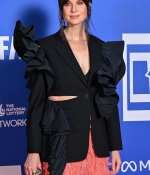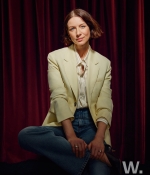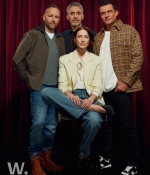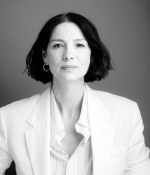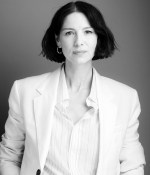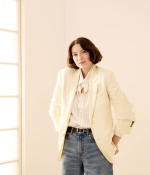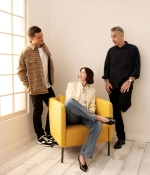Beloved for her role in Starz television series Outlander, Caitriona Balfe is not a total stranger to the big screen. Her turn opposite Christian Bale in Ford v Ferrari was certainly noticed, but it’s only now, with Kenneth Branagh’s Belfast, that she’s been given the chance to really show off her big screen chops alongside Dame Judi Dench, Ciaran Hinds and Jamie Dornan. A fictionized memoir, Belfast follows Buddy (Jude Hill), growing up during the onset of The Troubles in Northern Ireland. Balfe, as Ma, combines the heart and strength of home. Here, she recalls her own Irish childhood and how she implemented Branagh’s vision.
DEADLINE: I am so thrilled to see you in this meaty role. How did it feel for you, stepping into this?
CAITRIONA BALFE: I mean, it’s like a gift, it really is. I feel like I haven’t really had an opportunity in film. I’ve done so few of them and you’re always trying to get something good to do. I feel like with Ford v Ferrari I got a great role. But again, it was quite a small one, but that was the first time I felt like I really got to do something in a film properly. I feel like with this, with the role of Ma, she just felt very familiar to me. The minute I read the script, I felt like I understood her, like I knew her. And aside from the fact that it’s the most beautiful story, and all of the people who were involved, and the fact that Kenneth Branagh had written it and was directing it, as a role, the fact that she was Irish, that I would get to do something Irish, it all just felt really, really special, like a gift.
DEADLINE: You grew up closer to Dublin, right? In the countryside?
BALFE: I grew up right on the border. I was born in Dublin, but where I grew up, it’s very far north. It’s a very different experience. I think being in Belfast, being in the middle of The Troubles, is a very, very unique thing. But being from the border is also a very unique thing, because you feel that presence in a different way. As a kid, we were constantly going in and out of it. So, especially in the ’80s, for some reason, the Irish pound was stronger, I think. I don’t know how it works really, with the currencies. But stronger than the pound sterling. So, everybody in that border region would go shopping in the north. And then in the ’90s, it sort of flipped. And everybody in the border region in the north would come shopping in our town. So, there’s always a seesaw, I think, in border counties. Because of that though, from a very young age, it was very normal for us to go through these British army checkpoints. And it’s not something you sort of think about until much later on, about how bizarre that was. It’d be all galvanized sidings, and soldiers with machine guns, and helmets, and camo. There would be those big crow’s nests, and they would helicopter the soldiers in and out. And so, you’re very aware of the conflict.
DEADLINE: In terms of the accent, regionally, it’s a little different. So, how did you get your head into that?
BALFE: It’s such a fun accent to do. For other people who aren’t from the U.K. or from Ireland, the fact that accents change so drastically every 15 miles, is maybe kind of hard to understand. But definitely, the Monaghan accent is so different to the Belfast accent… Occasionally, there’d be words here or there that Ken would be like, “I think it’s not that. It’s this.” So, I mean, you are surrounded by people from Belfast on that set anyway, so it was very easy to stay in it.





